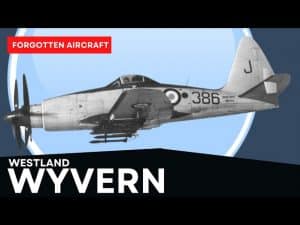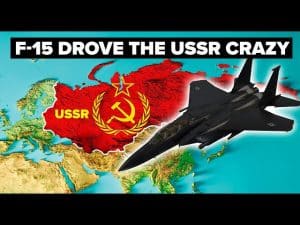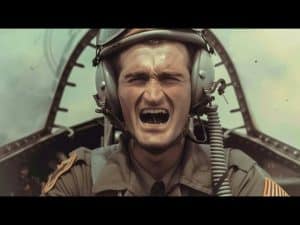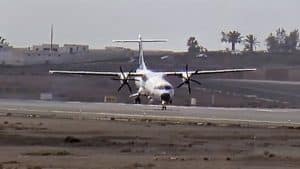The Bomber That America Should Have Built
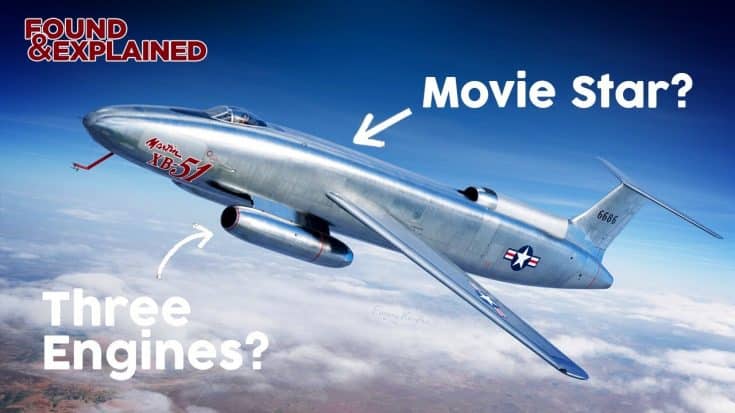
YouTube / Found And Explained
The Martin XP-51 bomber became a movie star, showing up in a film of the era as the futuristic new fighter jet of the US Air Force.

In reality, it’s quicker than its piston-powered forbearers and would serve as the herald of a new era for aviation. But what happened, and why did this so-called ‘jet of the future’ fail?
The Race to Build the Future Jet
While the war was over in 1946, the race to build the future jet-powered air force had just started. It was a race that the US couldn’t afford to lose against the rising power of the USSR.

Thus, the USAF started a competition to design a new jet-powered plane and Martin won with its promising XA-45.
It eventually underwent extensive modifications and transformed into a new, lighter 52,000-lb variant – the XP-51.
The XP-51’s Many Capabilities
Known for its sleek, elongated fuselage and the nickname, “The Flying Cigar,” the Martin XP-51 emerged as a medium bomber amidst the backdrop of the Cold War.

One of the first things you’ll notice about it is the three General Electric J47 engines; Two are underneath the fuselage, while the third was at the tail, with the intake at the tail fin’s base.
These engines gave a top speed of 644 mph and a cruise speed of 538 mph. It also had four sub-1,000 thrust rocket assist takeoff bottles along with a 14-second burn duration for improved takeoff performance.

When it comes to weapons, it had the same rotating bomb bay as the XA-45, but could externally carry a maximum load of 10,400 pounds.
There also would be eight 20mm cannons in the nose for dogfights or attacking lighter ground targets.
Speed Alone Isn’t Enough?
The USAF organized a competition and invited Martin’s XB-51 for a potential production contract of 300 units. Ultimately, however, the XB-51 faced defeat against the English Electric Canberra.

Despite its slower pace, Canberra’s lower wing loading, desirable range, and superior maneuverability at low altitudes were qualities sought after to operate in the Korean War.
Moreover, the strength of the XP-51’s airframe was relatively low and would prevent it from doing tight turns as soon as it was fully loaded with fuel.

Throughout the remainder of its development, the XP-51 served as a test platform that provided insights into other groundbreaking technologies that would find their way into other aircraft.












